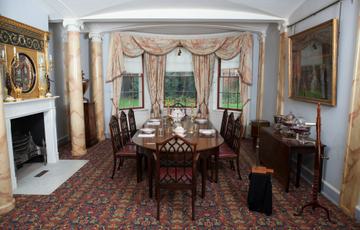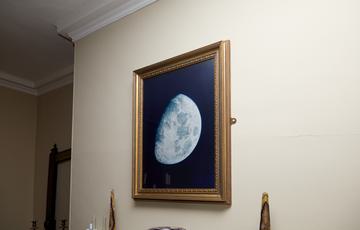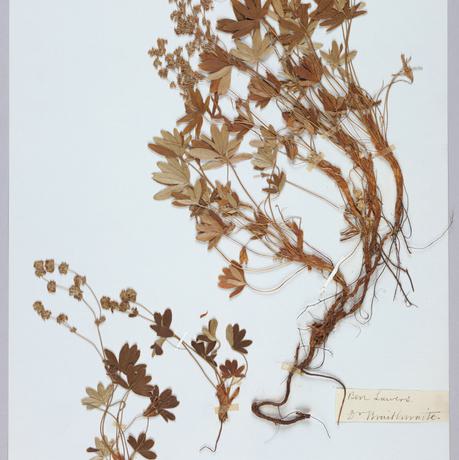The Lunar Society and Women
ResourcesThe members of the Lunar Society were committed to the idea of education, however this only applied to their sons, not their daughters.
Women, even in the middle and upper classes, did not usually receive as broad an education as men. Botany was the only Science considered ‘suitable’ for girls.
Image gallery
(Images 1-5 above: Soho House inside and outside. Soho House was the home of Birmingham industrialist Matthew Bouton and meeting place of the Lunar Society. Image 6 above: An example of botany on display in 'Our Changing Planet' gallery at Thinktank.)
Despite this some Lunar Society members would have been quite used to dealing with women who were making their own way in the world. For example:
Charlotte Matthews
Charlotte Matthews was Boulton and Watt’s banker. Charlotte took over her father’s business. Her support of Boulton and Watt is thought to have been essential to their business. Matthews would receive money on their behalf, advise them about potential business people and keep them aware of markets and current events.
Lady Catherine Wright
Lady Catherine Wright corresponded with William Withering on scientific matters, as well as matters related to women. Catherine loved Chemistry, and William agreed to instruct her. He would send her notes, questions, reading lists and instructions on how to lay out Chemistry notes.
Mary Priestly
Joseph Priestly relied heavily on his wife, Mary, to manage his household whilst he concentrated on his research. She was a highly intelligent companion for Priestly.
Ann Priestly
Jame Watt’s second wife, Ann, was interested in chemistry and was able to share her husband’s technical and scientific interests.
Also, in the Lunar Men’s wider circle was astronomer Caroline Herschel.
Caroline Herschel
Caroline Herschel was the first professional female astronomer. In 1787 the King gave her an annual pension of £50, for being her brother’s (William Herschel’s) assistant. This also made her the first woman to be paid for her contribution to science.
Caroline was the first woman to discover a comet. In total, she discovered eight comets. She also rediscovered a comet, known as Comet Encke, and assembled a catalogue of 560 previously unrecorded stars.
In 1781, Caroline was working with her brother when he discovered the planet Uranus. As a team, Caroline and her brother also increased the number of known neublae from about 100 to 2,500.
Caroline would record William’s observations, making the necessary calculations to standardise them for factors such as time, then compiled the data ready for publication in journals.
In 1828, Caroline was the first woman to be awarded the Gold Medal of the UK’s Royal Astronomical Society. It wasn’t until 1996 that a woman would win the award again.





